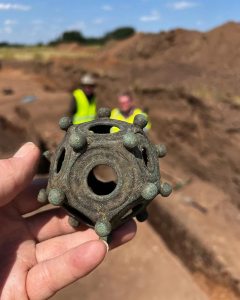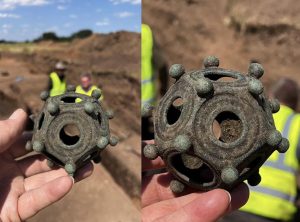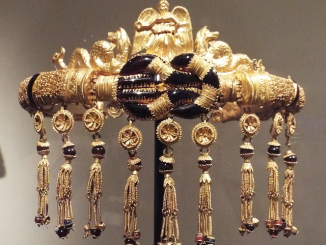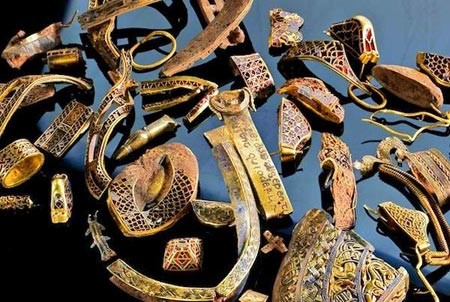
In July 2009, amateur metal detectorist Terry Herbert made a discovery that would send shockwaves through the world of archaeology. While exploring a field near the village of Hammerwich in Staffordshire, England, Herbert stumbled upon a trove of ancient treasures buried beneath the earth’s surface. Little did he know that his chance discovery would turn out to be one of the most significant archaeological finds in British history – the Staffordshire Hoard. In this blog post, we delve into the story behind this remarkable discovery, exploring its historical context, the significance of the artifacts, and its impact on the field of archaeology.
The Unveiling of the Staffordshire Hoard
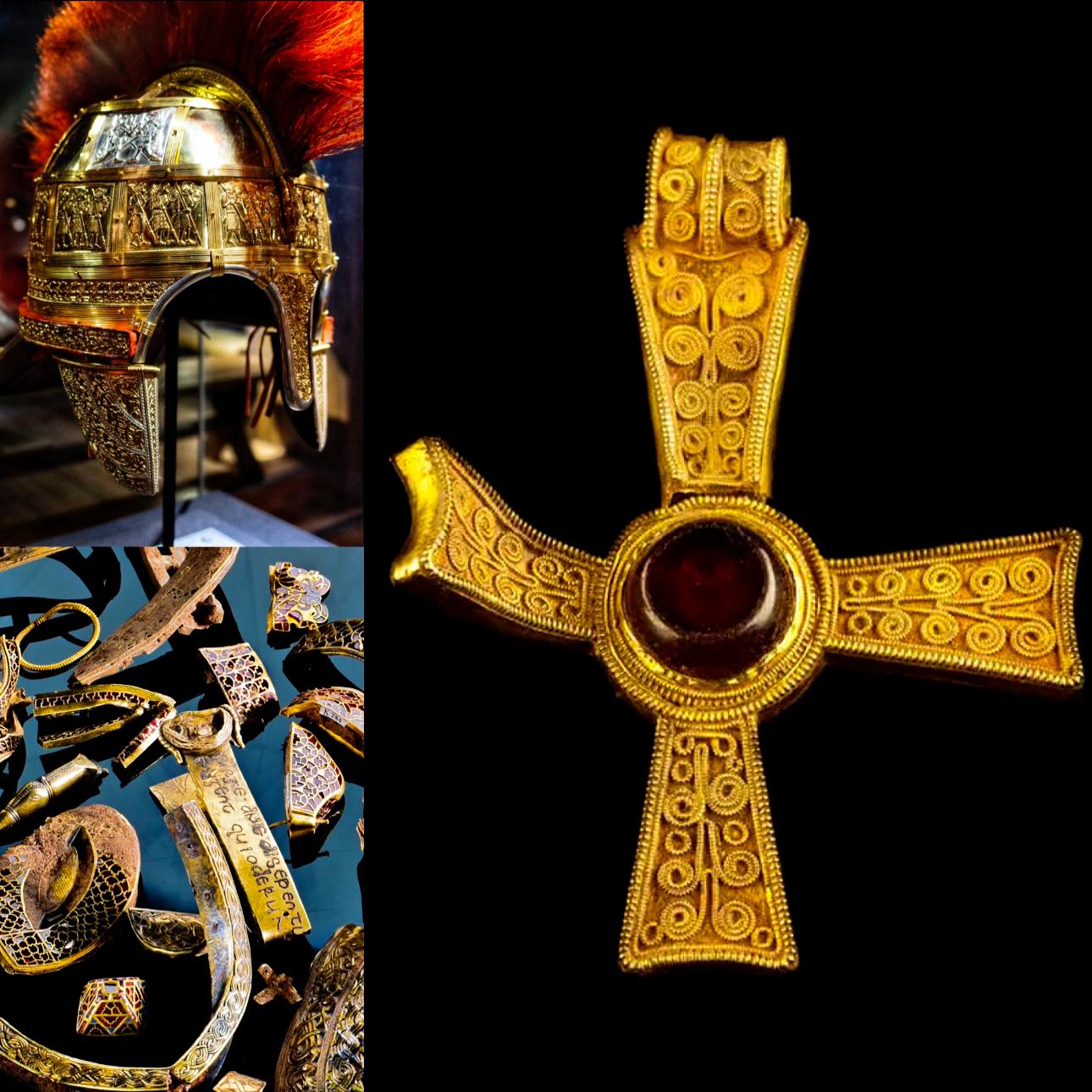
Terry Herbert’s discovery of the Staffordshire Hoard sent shockwaves through the archaeological community. The hoard, consisting of over 3,500 items crafted from gold and silver, included intricately designed sword fittings, helmet fragments, jewelry, and other ornate pieces. The sheer scale and quality of the artifacts immediately captured the imagination of historians and scholars, offering a rare glimpse into the craftsmanship and artistic prowess of the Anglo-Saxon civilization. The hoard’s discovery shed new light on the wealth and sophistication of the Anglo-Saxon kingdoms during the early medieval period, challenging previous assumptions about their material culture and societal structure.
Unraveling the Mysteries of the Hoard
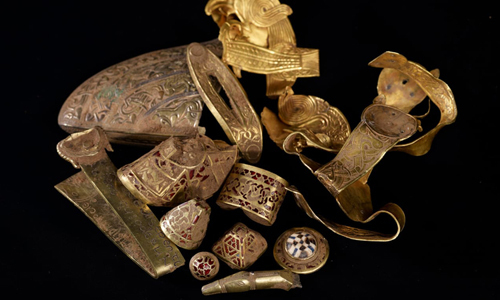
Since its discovery, archaeologists and historians have been working tirelessly to unravel the mysteries surrounding the Staffordshire Hoard. Through meticulous analysis and research, scholars have gained valuable insights into the origins, purpose, and significance of the artifacts. The hoard’s deposition in the ground, carefully concealed and hidden from view, has sparked numerous theories about its intended purpose – was it a ritual offering, a burial deposit, or the spoils of war? Each artifact tells a story, offering clues about the people who crafted them and the tumultuous historical events that shaped their lives.
The Legacy of the Staffordshire Hoard

The discovery of the Staffordshire Hoard has had a profound impact on our understanding of Anglo-Saxon history and culture. It has provided invaluable evidence of the artistic skill and craftsmanship of the period, showcasing the intricate metalworking techniques employed by Anglo-Saxon artisans. Moreover, the hoard has sparked renewed interest in the study of early medieval England, prompting further archaeological investigations and research projects. As a testament to its significance, the Staffordshire Hoard continues to be studied, exhibited, and admired by people around the world, ensuring that its legacy endures for future generations.
The Importance of Archaeology
The discovery of the Staffordshire Hoard serves as a powerful reminder of the importance of archaeology in uncovering and preserving humanity’s cultural heritage. Through the careful study of artifacts and excavation sites, archaeologists piece together the story of our past, shedding light on ancient civilizations, customs, and traditions. The Staffordshire Hoard is just one example of how archaeological discoveries can transform our understanding of history, enriching our collective knowledge and appreciation of the world around us. As stewards of our shared heritage, it is essential that we continue to support and protect archaeological sites, ensuring that future generations can continue to learn from and be inspired by the treasures of the past.

